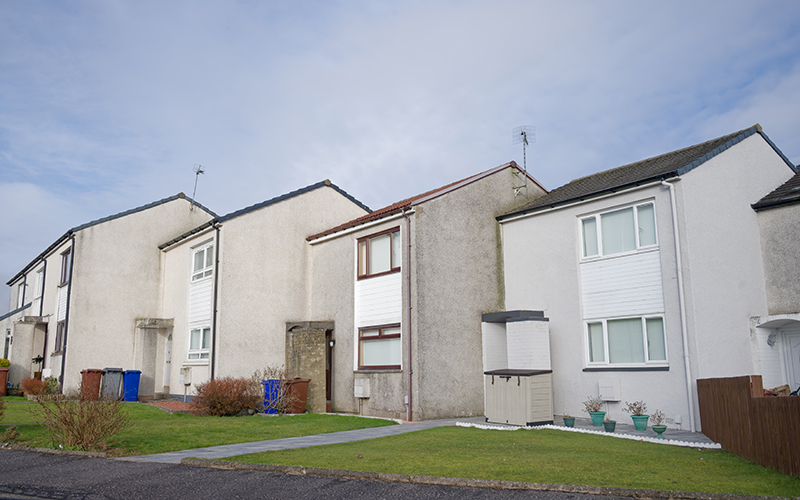
New research from the Resolution Foundation found that 850,000 families across England are living in homes which are too small to accommodate them.
The issue is particularly acute in the social rented sector, where an additional 140,000 homes of four or more bedrooms are needed to eliminate overcrowding, it said.
Its latest Housing Outlook shows that England has 13 million more bedrooms than it did in the 1990s, with more than one in five homes having at least four bedrooms.
“Despite this, overcrowding has not fallen; in fact, for certain groups such as single parents, renters, and some ethnic minority groups, it has worsened, widening pre-existing inequalities,” it said.
Over 70% of homes are ‘under-occupied’, with as many as three-quarters of single pensioners now living in a home with a spare bedroom.
However, encouraging a sizeable chunk of the population to ‘right-size’ through, for example, removal of the council tax discount for those living alone is an “implausible” policy aim, the foundation said.
Instead, the focus should be on building bigger houses, particularly in the social rented sector, where 9% of households currently live in overcrowded conditions.
To eradicate overcrowding in the sector, 8,000 more three bed homes would have to be built, along with 113,000 four bed homes and 25,000 homes with five or more bedrooms.
In addition, the think-tank is calling for the Local Housing Allowance to be unfrozen and re-pegged to local rents to allow families in overcrowded private rented homes to move to properties that more accurately reflect their needs.
It also wants to see the current method for calculating sufficient floor space revised to reflect shifts in working patterns and the growing acceptance that, for example, older children should have their own rooms.
Resolution Foundation economist Felicia Odamtten said changes in the number and distribution of bedrooms in English homes posed a challenge for policymakers.
“Despite adding 13 million bedrooms to its housing stock between 1994 and 2022, England now has 850,000 families living in overcrowded homes,” she said.
“Shockingly, renting, low-income, ethnic minority and single-parent households are all more likely to live in overcrowded conditions today than they were 30 years ago,” she said.
“Although we do have enough suitably sized homes to go around, policy measures to address under- occupation and overcrowding by encouraging ‘right-sizing’ are unlikely to be effective.
“If we want to address these worrying levels of overcrowding, then we need to build more larger homes, especially in the social rented sector, and ensure that appropriately-sized housing is affordable for people in all tenures.”
Tackling the housing crisis by boosting supply has been one of the highest priorities of the new government.
It has pledged to introduce mandatory local housing targets as part of a drive to build 1.5 million homes by 2029, with councils required to build more homes in areas where house prices are most out of step with incomes.
Recent research from the Institute for Fiscal Studies found that while housebuilding over the past 25 years had kept pace with the growth in the adult population, England had been “particularly bad” at building houses where they were needed.
Rising overcrowding in London and the south east in comparison with rising housing stock per person in the northern regions suggested housebuilding had not reflected changes in England’s economic geography, the IFS said.



















